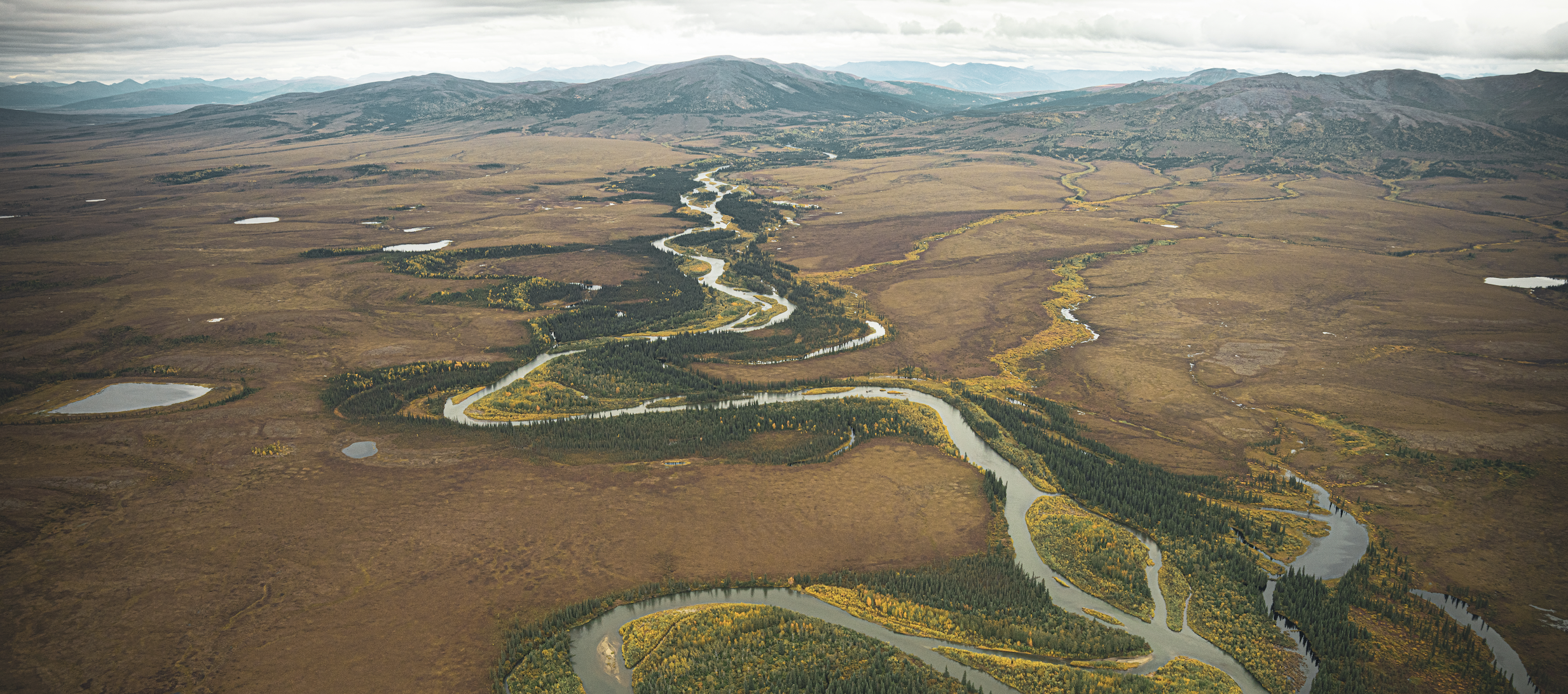
Steve Bergman on the Koyukuk River, photo by Jayme Dittmar
The proposed Ambler Road is a 211-mile industrial access road intended to facilitate the development of at least four unproven and undeveloped large-scale mines and potentially hundreds of smaller mines across the Ambler mining district. It would cross 11 major river systems and thousands of smaller rivers, streams, and wetlands critical to fish and wildlife and the communities that depend on them. The road would require about 48 bridges and nearly 3,000 culverts.
photo by Jayme Dittmar
The road and associated mining operations would pass directly through and between several National Parks, National Wildlife Refuges, and other conservation system units. The Project and associated mining and secondary roads would have severe consequences for highly productive fish and wildlife habitat, public lands, and the Alaska Native communities that have depended on these resources for thousands of years.
The Ambler Road Project and associated development of the Ambler Mining District threaten the inherent human rights of Tribal members to continue traditional hunting, fishing, and gathering practices that serve as the foundation of their culture, spirituality, and way of life. The impacts from the proposed industrial development would cause severe harm across the region to all the resources that the local Athabascan and Iñupiat cultures revere—including caribou, fish, water resources, wetlands, and vegetation—as well as to their opportunities for subsistence and the social cohesion, culture, traditions, language, health, and well-being that depend on participation in subsistence harvesting and sharing networks.




